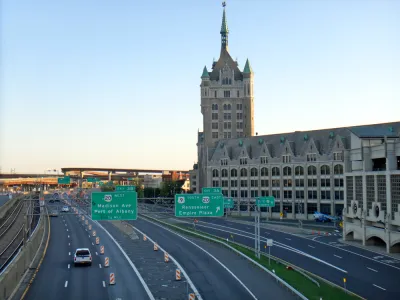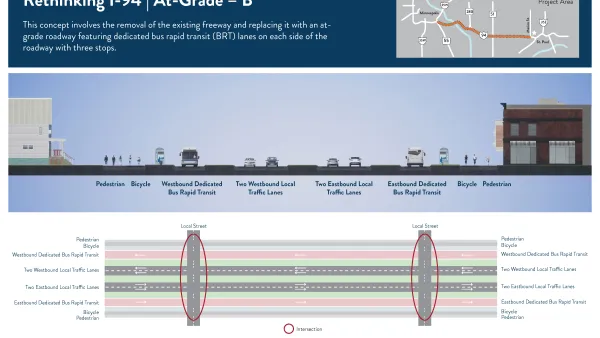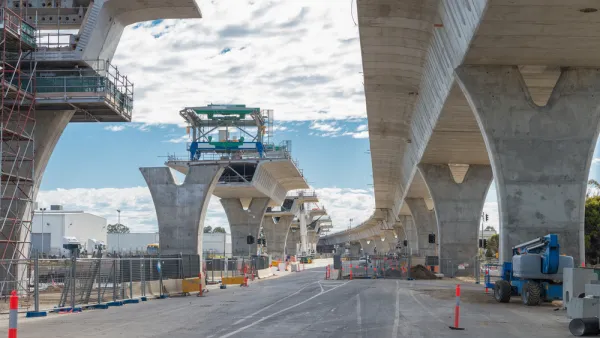Thanks to decades of activism and newly available federal funding, state and local governments are starting to understand the negative impacts of highway construction and working to reverse the effects on cities around the nation.

Writing in the Congress for New Urbanism Public Square blog, Lauren Mayer outlines freeway removal projects around the nation that are being aided by federal support, thanks to the federal government’s “acknowledgement of historic harms with financing through the federal Reconnecting Communities program.”
Mayer focuses on Interstate 787 in Albany; State Highway 55 in Minneapolis; and US Route 244 in Youngstown, Ohio. After decades of fierce highway building, New York is seeing a major turnaround in policy. “With successful removals in Rochester and New York City and more in progress in Syracuse and Buffalo, the state government in New York is working to heal the divisions created when these roads tore apart the communities by reconnecting the historically underinvested neighborhoods and improving economic vitality.” Each project is the result of years of ongoing work and coalition-building by local activists and officials.
Mayer concludes by highlighting the importance of collaboration across agencies and levels of government. “Building coalitions within government and the community can help these long-term and potentially expensive projects build and maintain momentum throughout the process.”
FULL STORY: What does government support for highway removal look like?

National Parks Layoffs Will Cause Communities to Lose Billions
Thousands of essential park workers were laid off this week, just before the busy spring break season.

Retro-silient?: America’s First “Eco-burb,” The Woodlands Turns 50
A master-planned community north of Houston offers lessons on green infrastructure and resilient design, but falls short of its founder’s lofty affordability and walkability goals.

Delivering for America Plan Will Downgrade Mail Service in at Least 49.5 Percent of Zip Codes
Republican and Democrat lawmakers criticize the plan for its disproportionate negative impact on rural communities.

Test News Post 1
This is a summary

Test News Headline 46
Test for the image on the front page.

Balancing Bombs and Butterflies: How the National Guard Protects a Rare Species
The National Guard at Fort Indiantown Gap uses GIS technology and land management strategies to balance military training with conservation efforts, ensuring the survival of the rare eastern regal fritillary butterfly.
Urban Design for Planners 1: Software Tools
This six-course series explores essential urban design concepts using open source software and equips planners with the tools they need to participate fully in the urban design process.
Planning for Universal Design
Learn the tools for implementing Universal Design in planning regulations.
EMC Planning Group, Inc.
Planetizen
Planetizen
Mpact (formerly Rail~Volution)
Great Falls Development Authority, Inc.
HUDs Office of Policy Development and Research
NYU Wagner Graduate School of Public Service





























